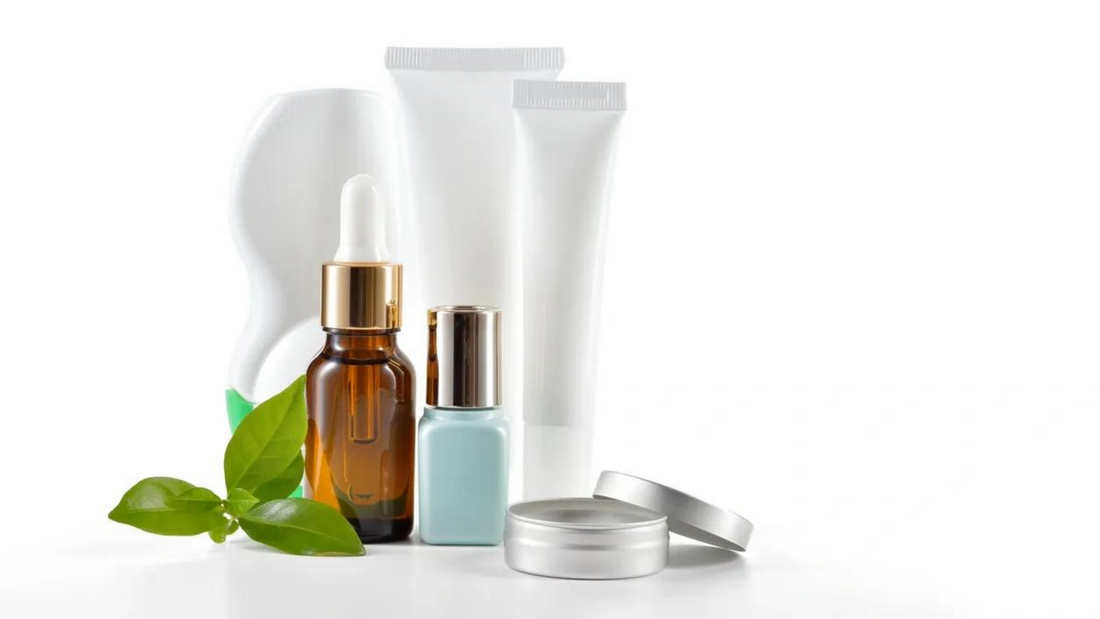by Michael Lorence (https://linktr.ee/melorence1) and Emerson Bossi (bossiwriter.com/)
Innovation is at the heart of the personal care industry, and reverse engineering is key. Several brands, DIY enthusiasts, and professionals constantly look for the next big cosmetic hit by performing various experiments and market research.
To reach the next step in cosmetic evolution and a larger piece of the market, brands pay a premium for professionals skilled in reverse engineering and even more for those with experience working in labs.
Professionals are valuable because many personal care products are born in research and development laboratories through reverse engineering, deformulation, and reformulation. This practice is incredibly healthy to the market, often leading to innovation, customer choice, and adding layers of competition within the industry.
Main Challenges
Reverse engineering is critical for developing personal care to improve existing products. However, it's not without its challenges.
Reverse engineering a cosmetic product is a time-consuming and challenging skill. For instance, reversing a formula most often requires professionals to work only with a list of ingredients, making the job arduous and requiring plenty of trial and error to attain satisfactory results.
Common Misconceptions
Many look at a product's ingredient list and think they have all details and information ready to be remade, but couldn't be farther from the truth.
Raw ingredients used in making cosmetic products are often in their blend form. While sold as a single raw material, blends are several materials blended into a new product to streamline chemical production.
However, the nature of blends makes it so that reverse engineering professionals can't deduce what's in a product, as they won't know which blend makes their ingredients.
Formula Consistency
Reverse engineering can yield a lot of information about an existing product. However, it's not a perfect process, as some formula parts are challenging to figure out and often go unnoticed.
But not being perfect is actually a good thing. It's how trade secrets are kept within the industry, ensuring that brands, practitioners, and professionals working hard and driving technological advancements receive the most value, even if a third party reforms their products.
Reverse engineering isn't about replicating or copying another product. But instead, brands and individuals try to add their own spin to it by highlighting a few ingredients that make the bulk of texture, smell, and function of a product, then iterating on top of that.
Process Behind Reverse Engineering
The ingredient list is the foundation of the entire reverse engineering process. It informs which ingredients make the bulk of the product. Understanding the cosmetic vehicles used is also essential to successfully reverse a cosmetic.
However, cosmetic vehicles are not created equal and depend on the type with varying difficulty levels to work with. For example, mists, sprays, and toners are formulated as aqueous solutions, which requires a different process to reverse when compared to oil-based serums and dry oils.
Identifying the list of ingredients, cosmetic vehicles, raw materials, and blend compositions allows the deformulation of complex cosmetic products like conditioners, shampoos, color cosmetics, and bars.
Additionally, experienced chemists can figure out some of the less used ingredients by determining the emulsifiers and thickeners used in the formula, like cetyl alcohol or stearic acid.
Reverse Engineering Efficiency
Formulas directly impact how fast and accurately a trained professional can ascertain the components used in a product. They can efficiently determine the ingredients and blends with varying difficulty levels with proper lab equipment.
For instance, materials like water are simple to identify, making it easy and faster to rule out several other possibilities due to their aqueous nature. In this case, professionals look for elements like carbomers, xanthan gum, cellulose, and acrylates to identify the body of the formula.
Meanwhile, anhydrous formulas are fast to identify when you rule out water contents. Usually, these formulas are rich in waxes, oils, or butter and make for the formula's bulk.
Product Customization
Based on the data you discover, reverse engineering requires an experienced professional to reach satisfying results. Trained professionals are well-acquainted with trending formulas and can identify and use trending and innovative ingredients in their reformulations fast and efficiently.
After laying the foundation of what makes the bulk of a product, you can start putting your own spin on it. Consult your chemist and add actives or organoleptic ingredients to customize the reversed product to realize your vision.
Expertise Required
Reverse engineering is a skill that significantly improves with practice, and proper labs speed up the learning process even more. A professional who has worked on several reformulations is faster and efficient. They can often understand what customers look for in a product to build cosmetics that speak to the customers.
We would say that the best chemists understand the need to refine their reverse engineering skills, as it helps build a sturdier base for the professional, leading to higher quality and innovative formulas.
Closing Thoughts
Reverse engineering isn't about duplicating an existing product. Instead, the best professionals use it to innovate. Brands understand the need for reverse engineering, making experienced professionals highly valuable in product development labs.
When done well, reverse engineering can deliver revolutionary products or necessary product variations, nurturing a competitive cosmetic market that benefits the industry and customers. Additionally, visionary entrepreneurs use reverse engineering to bring to life products inspired by established cosmetics, often reaching a different part of the market.

